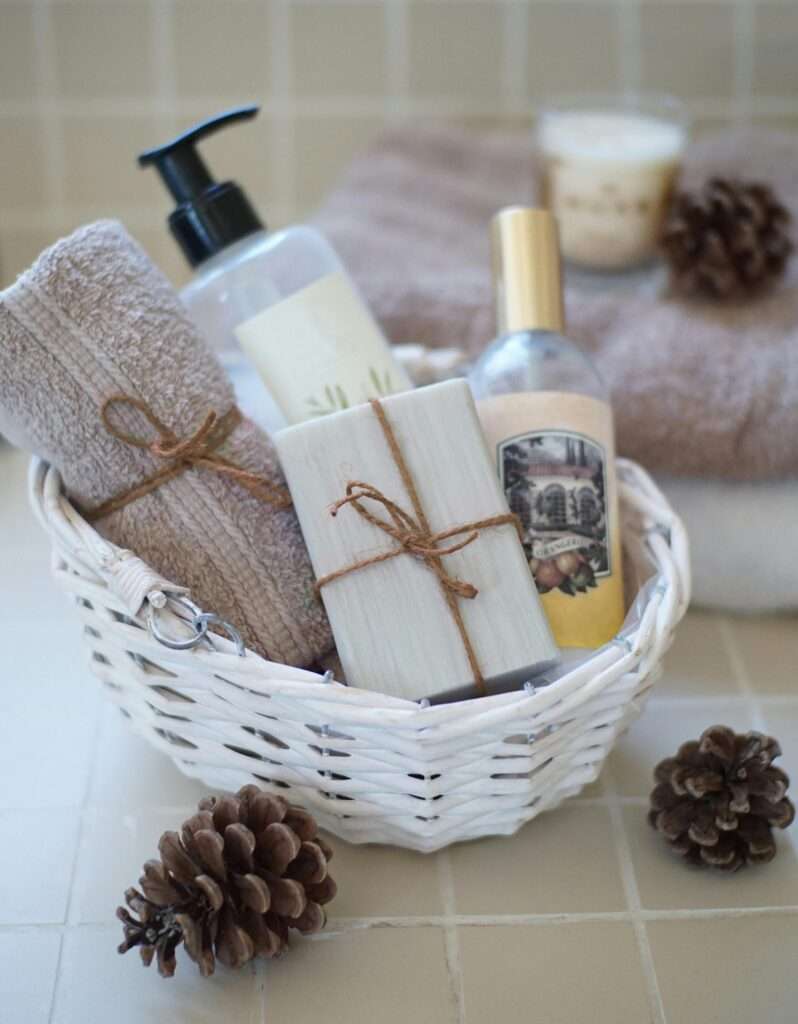Sunburn is a common yet painful consequence of overexposure to ultraviolet (UV) rays from the sun. Understanding the symptoms, causes, treatments, home remedies, and preventive measures can help you avoid the discomfort and potential long-term skin damage caused by sunburn.
Table of Contents
- What is Sunburn?
- Symptoms of Sunburn
- Causes of Sunburn
- Treatments for Sunburn
- Home Remedies for Sunburn
- Prevention of Sunburn
- Conclusion
What is Sunburn?
Sunburn is the result of skin damage from too much exposure to UV rays, either from the sun or artificial sources like tanning beds. It ranges from mild redness and irritation to severe blistering and peeling.
Symptoms of Sunburn
Common Symptoms
- Redness and swelling of the skin
- Pain and tenderness
- Blisters
- Peeling skin
Severe Symptoms
- Fever and chills
- Nausea and vomiting
- Weakness and dizziness

Causes of Sunburn
Primary Causes
- UV Radiation: Sunburn is primarily caused by ultraviolet radiation from the sun. UVB rays are particularly responsible for causing sunburn.
- Artificial Sources: Tanning lamps and beds can also emit UV radiation, leading to sunburn.
Risk Factors
- Fair Skin: People with lighter skin are more prone to sunburn.
- High Altitudes and Latitudes: Higher altitudes and locations closer to the equator increase UV exposure.
- Time of Day: UV rays are strongest between 10 a.m. and 4 p.m.

Treatments for Sunburn
Immediate Actions
- Get Out of the Sun: Move indoors or to a shaded area to prevent further damage.
- Cool Down: Take a cool bath or shower to soothe the skin.
- Hydrate: Drink plenty of water to stay hydrated.
Medications and Products
- Pain Relief: Over-the-counter pain relievers like ibuprofen can reduce pain and inflammation.
- Aloe Vera: Applying aloe vera gel can soothe and moisturize the skin.
- Moisturizers: Use fragrance-free moisturizers to prevent peeling and maintain skin hydration.

Home Remedies for Sunburn
Natural Remedies
- Cool Compresses: Applying cool, damp cloths to the affected areas can reduce heat and pain.
- Oatmeal Baths: Adding colloidal oatmeal to a bath can soothe irritated skin.
- Honey: Honey has antibacterial properties and can help with healing and hydration.
Dietary Remedies
- Cucumber: Applying slices of cucumber to sunburned skin can provide a cooling effect.
- Yogurt: Plain yogurt applied to the skin can soothe and moisturize.
- Green Tea: Soak a cloth in cooled green tea and apply to the skin to reduce inflammation.
Prevention of Sunburn
Sun Protection Measures
- Sunscreen: Apply a broad-spectrum sunscreen with at least SPF 30. Reapply every two hours, or more often if swimming or sweating.
- Clothing: Wear protective clothing, including a wide-brimmed hat and UV-blocking sunglasses.
- Shade: Seek shade during peak sun hours and use umbrellas or tents when outdoors.
Lifestyle Changes
- Avoid Tanning Beds: They are not a safe alternative to sunbathing.
- Monitor UV Index: Be aware of the daily UV index and plan outdoor activities accordingly.
- Educate: Teach children about the importance of sun protection to instill good habits early on.
Conclusion
Sunburn can be painful and potentially harmful if not managed properly. By understanding the symptoms, causes, treatments, and preventive measures, you can protect your skin from the damaging effects of UV radiation. Remember to always apply sunscreen, seek shade, and wear protective clothing to keep your skin healthy and sunburn-free.


Everything is very open with a clear clarification of the issues.
It was really informative. Your website is extremely helpful.
Thanbk you for sharing! https://odessaforum.biz.ua/